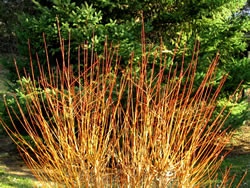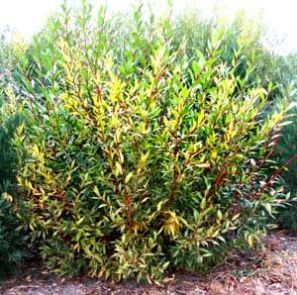Osmanthus x burkwoodii
“Burkwood osmanthus”
OLEACEAE
Evergreen Shrub
Native habitat: hybrid was raised in England; Asia and Europe for parent plants
Conditions
Soil: fertile, will tolerate any including clay
Moisture: well drained, drought tolerant once established
Light: full sun (better) to full shade (few flowers and more open growth)
Exposure: general
Plant size (h x w): Slow growing to 5′ – 10’ x 5′ – 10′
Other: will shed leaves if too dry but will usually recover
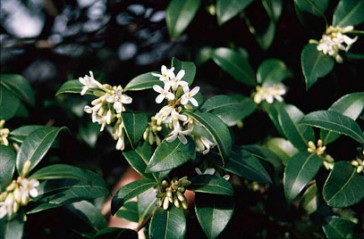 Aesthetic
Aesthetic
Shape/Stem: large, dense, evergreen, rounded habit
Leaf: Thick, serrated, opposite, mid-green, leathery. ovate, 2.5-5cm
Flower: Little white, tubular flowers, fragrant, absolutely covered
Bloom: April
Other: slow to grow; fruits are few and black
Treatment (how to…)
Plant: regular, water while establishing; can grow open when young if in too much shade so keep this in mind
Maintain: low maintenance; fertilize once per year; can be pruned hard and will come back, prune after flower (thinning or heading back)
Propagate: seed, cutting
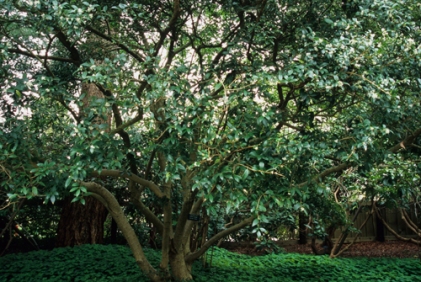 Uses
Uses
Landscape: Background plant, hedging (spectacular in flower), large mixed borders, woodland margin, or anywhere where the fragrance would be appreciated, bank or slope, screening
Companion planting: can look stunning planted in a white garden (with other white blooms); strong enough constitution and large enough stature to support a clematis growing up to add summer excitement; ombines with others with larger leaves, such as rhododendrons and Mahonia
Medicinal: not known;
Other:
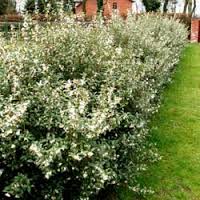 Vulnerabilities
Vulnerabilities
Pests and disease: none significant
Deer resistant: yes
Other animals: rabbit resistant
Interest
Local info,: not native
Pot size (to purchase): 1 gallon
Nature: large tough slow growing evergreen shrub, fragrant
Identification (key features): leaves: dark green, ovate, 2.5-5cm; flowers, clusters of small, highly-scented, white, April
Interesting facts: AGM winner; parents are the Chinese Osmanthus delavayi and the Turkish/Georgian Osmanthus decor
Cultivars: O. delavayi – rounded plant with arching stems 10′-16’ x 10’
Comments:


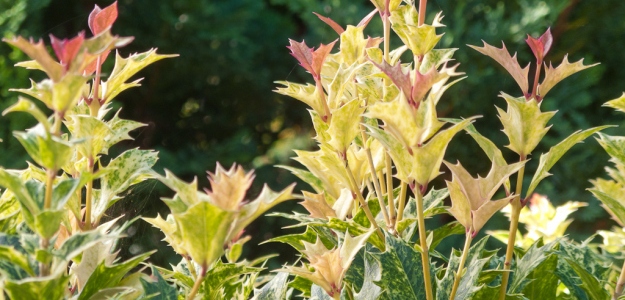
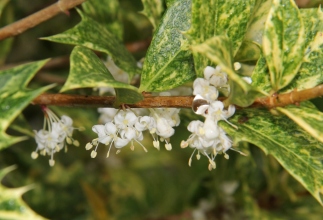
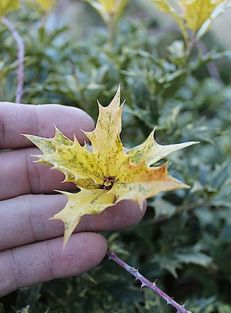
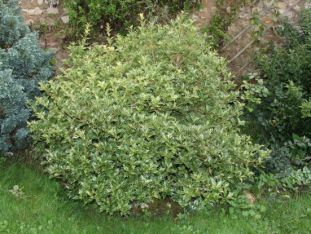
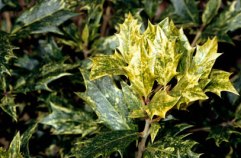
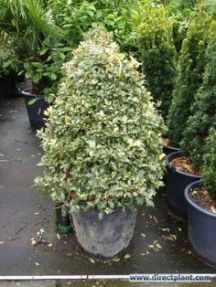
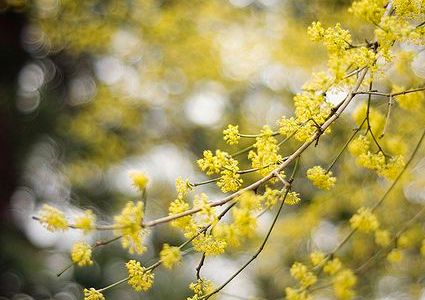
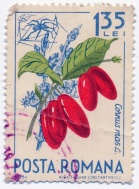 Conditions
Conditions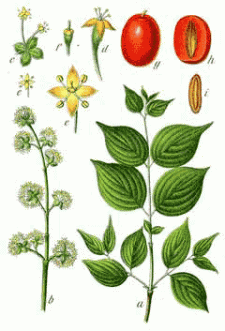
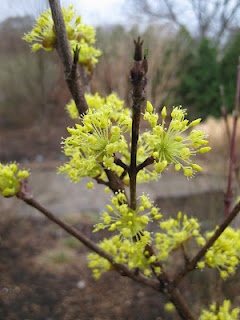
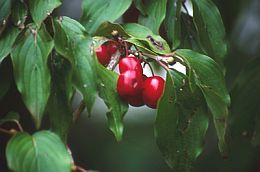
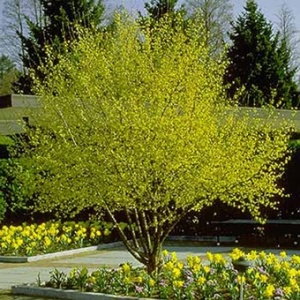 Interest
Interest
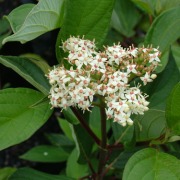
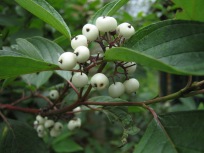 young stems bright red, suckering
young stems bright red, suckering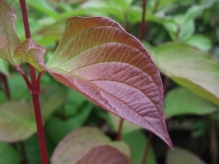
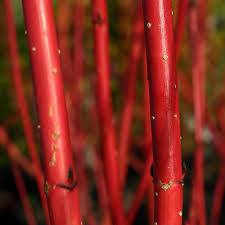
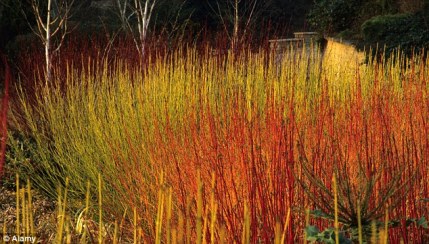

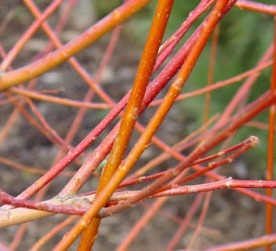 Aesthetic
Aesthetic